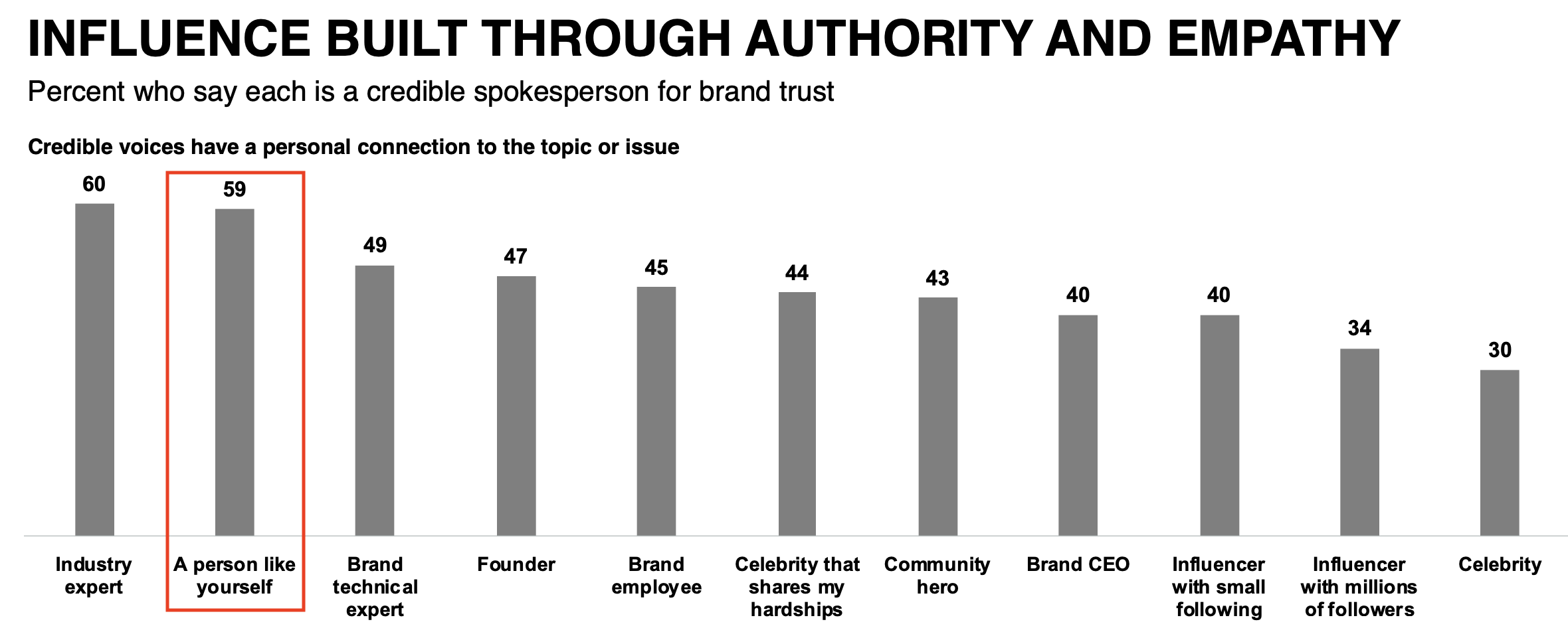Selling the Future: 3 Surprising Principles Modern Sellers Need to Master
“Who here likes talking to salespeople?”
Try asking that question the next time you find yourself with a group of friends or business colleagues. Better yet, try it the next time you happen to be in a room of salespeople! In my experience, no other question quiets a room faster in any scenario.
In his bestselling book, To Sell Is Human, author Dan Pink conducted a survey where he asked people to state the first word that came to mind when they heard “sales” or “selling”. Of the 25 most offered words illustrated by the word cloud below, 80% had negative connotations. This overwhelming sentiment is likely due to the unsavory experiences many of us have had with salespeople over the years who we felt were primarily self-interested, manipulative, and offered little value.

The good news is, the world of sales is changing and that change is paving the way for a new breed of sales professional. The sleazy used car salesman (which all modern sellers are still living in the shadow of) flourished in a buying environment that no longer exists. Today modern buyers have unprecedented access to information and choice when it comes to products and services. They’ve shed their desk phones and voice mail in favor of texting and social media. The once-trusted sterling opinions of vendors, journalists, and entrepreneurs have been cast aside in favor of peer insights. And as a result, research shows that today’s buyer is about 60% of the way toward their purchase decision before your sales organization gets engaged.
So are modern sellers doomed? In short: no. Forrester points out there are many ways your sales team can still strongly influence the buyer’s journey. But if they wish to continue to thrive and meet the changing needs of their buyers, they’ll need to master three key principles.
Principle #1: Disrupting Buyer Inertia
In 1687, English physicist and mathematician, Sir Isaac Newton described his now famous three laws of motion. The first law described a property known as Inertia; the tendency for objects to keep moving in the same direction unless a strong enough force causes them to change. Applied to modern business, inertia, or status quo bias, is a powerful force that keeps most companies using the same practices, policies, and technologies they’ve always used. It is the enemy of the modern sales machine.
The problem with inertia is that not only does is make companies more resistant to change, but it means that prospective buyers will actively deflect attempts to garner their attention. In a world where the number of vendors in virtually every space has increased exponentially in recent years, tuning out the message you’ve worked so hard to craft is a necessary defense mechanism designed to preserve their focus. So how can modern sellers disrupt the inertia of prospective buyers and avoid getting lost in sea-of-sameness?
Some of the best sales and marketing organizations in the world use tactics rooted in basic psychology and human behavior. For example, ditching your traditional product pitch, which is often too complex and nuanced for buyers to quickly assimilate, in favor of messages that “go down easier” and take mere moments for your target customer to resonate with. Messages that are strongly customer-centric, rooted in pain and polarizing concepts, or that use formulaic approaches all help them more easily pierce your customer’s armor.
For example, suppose you were selling an employee performance feedback solution. Instead of positioning it as an “An all-in-one web solution to help your employees get more feedback, coaching, and recognition at work”, you can lead with messages like “Most employees love feedback but research shows they hate old, out-of-date performance reviews! Do yours?“. And when it comes to delivering those messages, the key is ensuring your sales team is able to deliver them using modern approaches designed to not only attract but engage your target audience. Media like video or personalized account-based marketing (ABM) strategies are massively effective at disrupting inertia when combined with a high-impact message.
Principle #2: The Massive Conversion Power of Advocacy
In a world where customers struggle to make sense of the multitude of marketing messages and the seemingly infinite product choice they’re exposed to, modern buyers have recoiled, and now disproportionately seek the counsel of trusted sources. So who do they trust? Vendors? Analysts? To answer that question, think about the process you go through when you’re looking to book a vacation at a place you’ve never been to before. You might first visit the property’s website, but within moments you’re checking out reviews on websites like TripAdvisor and reading comments on Airbnb.
Not surprisingly, recent studies have shown that recommendations from people like ourselves reign supreme when it comes to driving purchasing decisions.

Source: 2020 Edelman Trust Barometer Special Report: Brand Trust
B2B sales data from Salesforce corroborates this trend. It demonstrates that when it comes to lead conversion, interest that originates from customer and employee referrals do so at rates fifty times higher than email campaigns! This means that one of the most unobtrusive, empathetic, and authentic ways to convert prospective buyers is to surround them with like-minded customers who love you!

Source: Salesforce.com, B2B Sales Benchmark Research Finds Some Pipeline Surprises
Want to know how your organization is doing on that front? Try this simple test. Go to Google (or your favorite search engine) and type “[Your Company Name] reviews” and see what comes up. Do you see recommendations on trusted review sites? Perhaps Glassdoor reviews highlighting your innovative culture? What about your own personal social profile? Does your digital footprint demonstrate to a prospective customer that you and your organization can help them?
In a world where customer engagement is the new marketing, organizations need to mobilize their advocates to generate the social proof and high intent leads that convert at the speed of trust.
Principle #3: Selling Feelings, Not Solutions
Modern neuroscience has proven that most of the decisions we make are emotionally initiated and logically validated. What the means in the sales realm is that, from interest to negotiation, our brains trick us into making seemingly logical decisions, that are actually fuelled by emotion and impulse. It’s no surprise then that truly great salespeople focus on cultivating emotional connections with customers in the same way that great brands avoid selling products. We sell feelings like satisfaction, alignment, conviction, safety, and happiness.
Want proof? One of the questions I ask participants in my sales training is:
“When a customer makes a decision to purchase a product or service, what percent of the time do they actually buy the BEST tactical solution for their needs?”
The most common answer is typically in the 30-50% range, even when the customer chooses their solution! The reality is, customers buy products and services that meet BOTH their functional/technical needs, as well as their strategic and emotional needs. If they didn’t, the term “retail therapy” wouldn’t exist.
So how can you move from selling solutions to feelings? One of the easiest ways is to look for the deep-rooted feelings and beliefs that underpin your own organization and lead with those in your customer interactions. Does your solution address a deep-rooted, emotionally-charged problem that your buyer experiences every day? Has your organization taken a stand on a particular issue that would be of social interest to them? A recent study showed that 67% of buyers purchased a product or service for the first time because of a position that the brand took on a particular issue. The best part about belief-centric approaches is that your people will be able to execute them with passion and high conviction. Stirring massive amounts of positive emotions in your customer’s mind and moving them to convert faster!
Selling, or moving people from one position to another, is never easy, and it will only get more difficult. Modern buyers are more empowered, skeptical, and peer-driven than ever before. If sellers of the future wish to break through and get their message heard, mastering the core principles of inertia, advocacy, the feelings are critical.
We promise never to send you junk or share your email! Just helpful sales insights.














Leave a Reply
Want to join the discussion?Feel free to contribute!